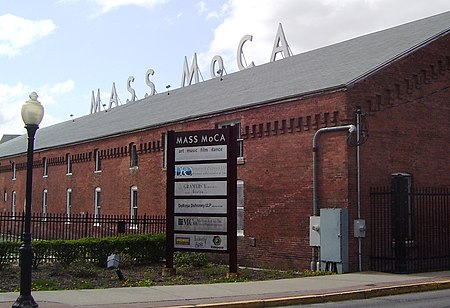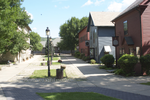Sprague Electric
American companies established in 1926Capacitor manufacturersElectronics manufacturingHistory of radio in the United StatesManufacturing companies based in Massachusetts ... and 2 more
Manufacturing companies established in 1926Sprague family

Sprague Electric Company was an electronic component maker founded by Robert C. Sprague in 1926. Sprague was best known for making a large line of capacitors used in a wide variety of electrical and electronic in commercial, industrial and military/space applications. Other products include resistive components, magnetic components (transformers and coils), filter assemblies, semiconductors and integrated circuits.
Excerpt from the Wikipedia article Sprague Electric (License: CC BY-SA 3.0, Authors, Images).Sprague Electric
MASS MoCA Way,
Geographical coordinates (GPS) Address Phone number Website Nearby Places Show on map
Geographical coordinates (GPS)
| Latitude | Longitude |
|---|---|
| N 42.701388888889 ° | E -73.116388888889 ° |
Address
Massachusetts Museum of Contemporary Art (MASS MoCA)
MASS MoCA Way 1040
01247
Massachusetts, United States
Open on Google Maps








